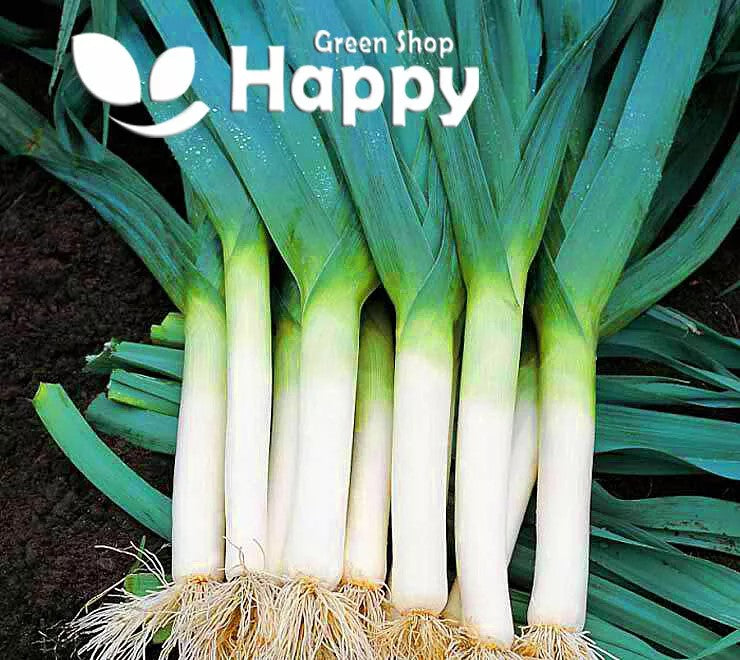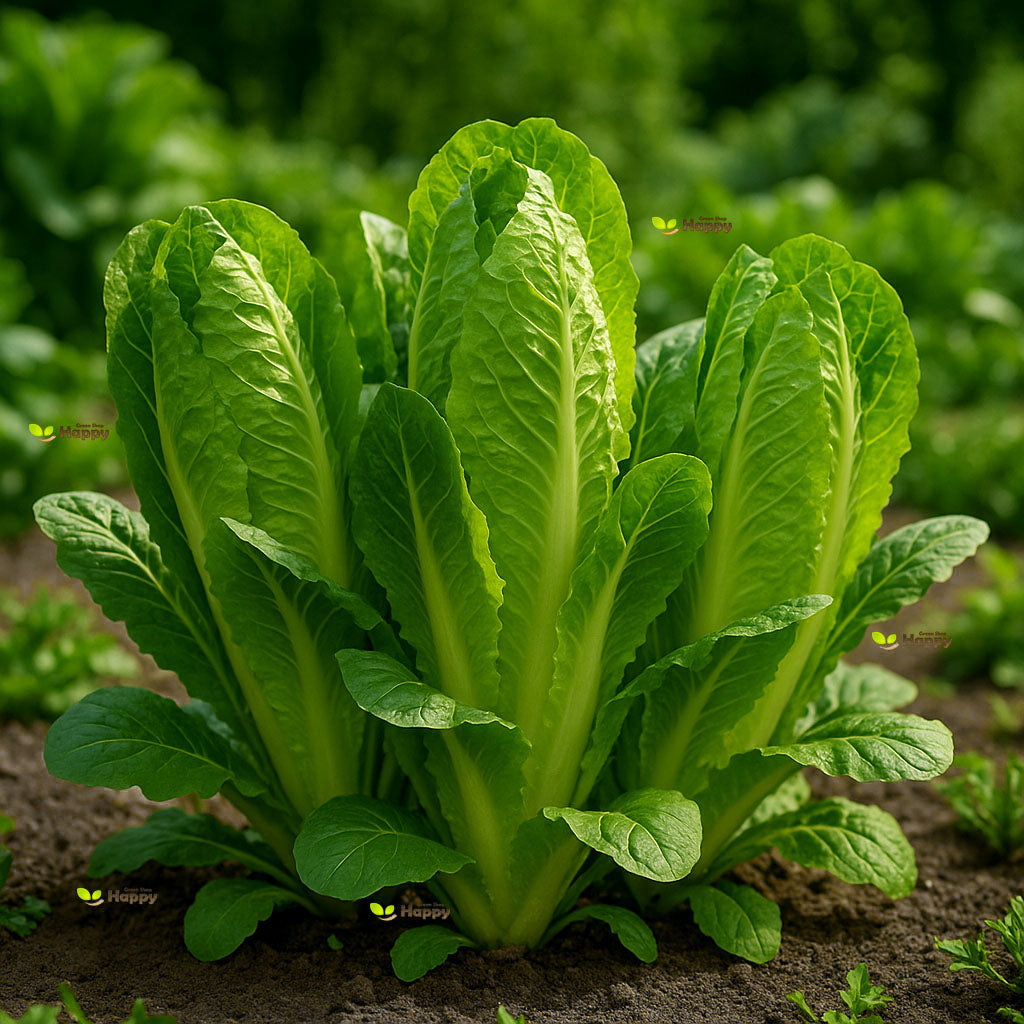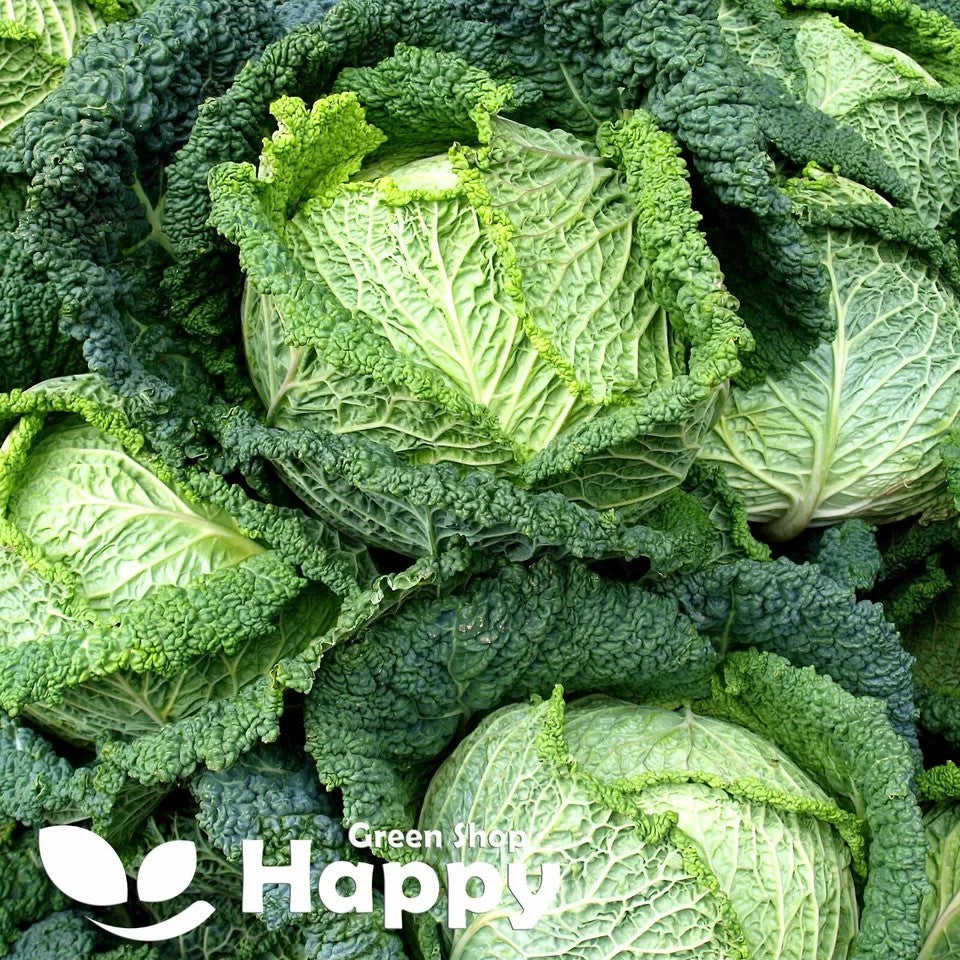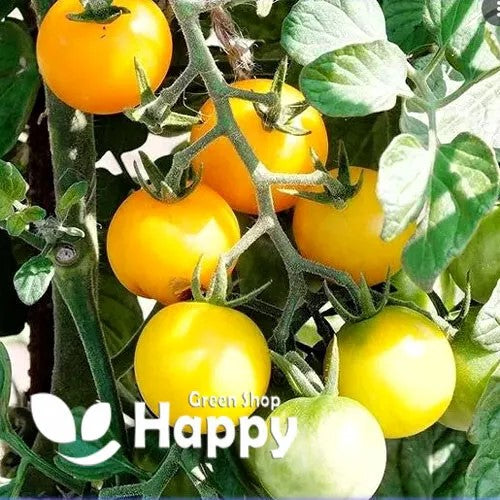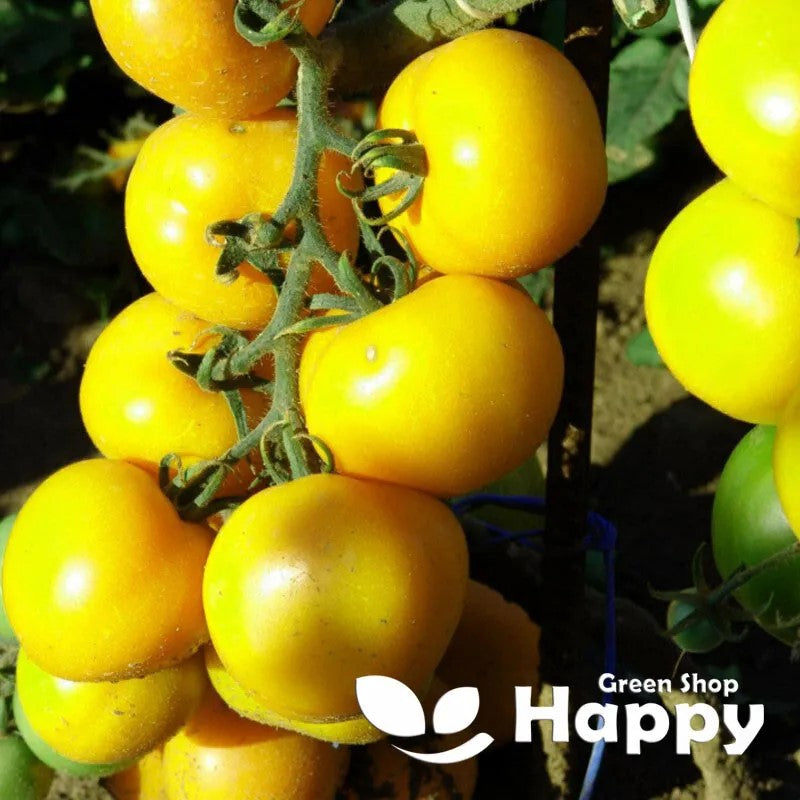Sort by:
33 products
33 products
Discover the uniqueness
Experience the delightful flavor and health benefits of Herbal Blends.
Pink Thai Egg Tomato – Seeds
(Solanum lycopersicum)
Pink Thai Egg Tomato is a rare heirloom variety from Thailand known for its egg-shaped, rose-pink fruits and exceptional productivity. The smooth, glossy tomatoes grow in clusters and have a sweet, mild flavor with low acidity, making them perfect for fresh salads, salsas, and light cooking. Compact and hardy, this variety thrives in both warm and temperate climates.
Key Features
-
Fruit Shape: Small, egg-shaped
-
Color: Pink to rose-red
-
Flavor: Mild, sweet, and low-acid
-
Growth Habit: Indeterminate
-
Days to Maturity: 70–80 days
-
Yield: Heavy cropper with clusters of uniform fruits
Ideal For
-
Greenhouses, gardens, and containers
-
Fresh eating and gourmet dishes
-
Heirloom and specialty tomato collections
Sowing & Growing
-
Sow indoors: February – April
-
Transplant outdoors: After last frost
-
Harvest: July – October
-
Spacing: 45–60 cm apart
-
Position: Full sun, sheltered
-
Soil: Rich, well-drained compost
Care Tips
-
Support with stakes or cages for best yield.
-
Water regularly and feed with tomato fertilizer once flowering begins.
Onion ‘Ailsa Craig’ – Seeds
(Allium cepa)
Onion ‘Ailsa Craig’ is a traditional British heirloom variety, prized for its extra-large, globe-shaped bulbs and sweet, mild flavor. Known as the “show onion,” it’s a popular choice for exhibition growers and home gardeners alike. The golden-skinned bulbs can reach impressive sizes while maintaining tender, juicy flesh — perfect for slicing, salads, or cooking.
Key Features
-
Type: Bulb onion (Heirloom)
-
Bulb Size: Extra-large, globe-shaped
-
Skin Color: Golden-brown
-
Flesh: White, sweet, and mild
-
Days to Maturity: 100–120 days
-
Storage: Medium (best used fresh)
Ideal For
-
Exhibition and show growing
-
Fresh salads and mild onion dishes
-
Home gardens and allotments
Sowing & Growing
-
Sow indoors: January – February
-
Transplant outdoors: April – May
-
Harvest: August – September
-
Spacing: 10–15 cm apart
-
Position: Full sun
-
Soil: Rich, fertile, well-drained soil
Care Tips
-
Feed regularly for strong bulb growth.
-
Keep soil moist but avoid waterlogging.
-
Lift bulbs once tops start to yellow and fall over.
Leek ‘Blue de Solaise’ – Seeds
(Allium porrum)
Leek ‘Blue de Solaise’ is a traditional French heirloom variety celebrated for its exceptional winter hardiness and striking blue-green foliage that turns a beautiful deep violet-blue tint in cold weather. Producing thick, tender, and flavorful stems, this leek is perfect for soups, stews, and roasting. A reliable and decorative addition to the vegetable garden, it stands well in the ground through the winter months.
Key Features
-
Type: Heirloom winter leek variety
-
Plant Height: 40–50 cm
-
Stem: Thick, white, and tender
-
Foliage: Blue-green with violet tones in frost
-
Flavor: Mild, sweet, and rich
-
Days to Maturity: 110–130 days
-
Hardiness: Excellent frost resistance
-
Harvest Period: Late autumn to early spring
Ideal For
-
Winter and early spring harvests
-
Cold climates and overwintering
-
Home gardens and traditional kitchen gardens
Sowing & Growing
-
Sow indoors: February – April
-
Transplant outdoors: May – June
-
Harvest: November – March
-
Spacing: 15 × 30 cm
-
Position: Full sun
-
Soil: Deep, fertile, well-drained soil
Care Tips
-
Hill up soil around stems to encourage long white shanks.
-
Apply mulch to retain moisture and protect roots in winter.
-
Ideal for succession sowing to extend harvest.
Pointed Red Cabbage ‘Kalibos’ – Seeds
(Brassica oleracea L.)
Pointed Red Cabbage ‘Kalibos’ is an exceptional variety combining the sweet flavor of pointed cabbage with the deep red color of traditional red cabbage. The tight, conical heads are medium-sized, firm, and full of crisp, tender leaves with a mild, slightly sweet taste—perfect for salads, coleslaws, and light cooking.
Key Features
-
Type: Red pointed cabbage
-
Head Shape: Conical, medium-sized, dense
-
Color: Deep purple-red
-
Taste: Sweet, mild, and crisp
-
Days to Maturity: 110–120 days
-
Harvest Period: Late summer to autumn
-
Storage: Good short-term storage variety
Ideal For
-
Home gardens and allotments
-
Fresh salads and coleslaws
-
Cooking, fermenting, and pickling
Sowing & Growing
-
Sow indoors: February – April
-
Transplant outdoors: April – May
-
Harvest: August – October
-
Spacing: 40 × 50 cm
-
Position: Sunny, sheltered spot
-
Soil: Fertile, moist, well-drained soil enriched with compost
Care Tips
-
Keep soil consistently moist for tender heads.
-
Apply organic fertilizer or compost during growth.
-
Protect from cabbage butterflies with netting.
Pointed Red Cabbage ‘Kalibos’ – Seeds
(Brassica oleracea L.)
Pointed Red Cabbage ‘Kalibos’ is an exceptional variety combining the sweet flavor of pointed cabbage with the deep red color of traditional red cabbage. The tight, conical heads are medium-sized, firm, and full of crisp, tender leaves with a mild, slightly sweet taste—perfect for salads, coleslaws, and light cooking.
Key Features
-
Type: Red pointed cabbage
-
Head Shape: Conical, medium-sized, dense
-
Color: Deep purple-red
-
Taste: Sweet, mild, and crisp
-
Days to Maturity: 110–120 days
-
Harvest Period: Late summer to autumn
-
Storage: Good short-term storage variety
Ideal For
-
Home gardens and allotments
-
Fresh salads and coleslaws
-
Cooking, fermenting, and pickling
Sowing & Growing
-
Sow indoors: February – April
-
Transplant outdoors: April – May
-
Harvest: August – October
-
Spacing: 40 × 50 cm
-
Position: Sunny, sheltered spot
-
Soil: Fertile, moist, well-drained soil enriched with compost
Care Tips
-
Keep soil consistently moist for tender heads.
-
Apply organic fertilizer or compost during growth.
-
Protect from cabbage butterflies with netting.
Yellow Pear Tomato – Seeds (Solanum lycopersicum)
The Yellow Pear Tomato is a charming heirloom variety, producing clusters of small, pear-shaped fruits in a bright golden yellow. With a mild, sweet flavor and firm texture, these tomatoes are perfect for snacking, salads, and garnishes. Highly productive and ornamental, this variety adds a splash of sunshine to your garden and harvest baskets.
How to Grow
-
Sow seeds indoors from February to April, 0.5 cm deep in trays or pots.
-
Maintain a temperature of 18–22°C until germination.
-
Transplant seedlings into larger pots, then plant outdoors or in a greenhouse after frost.
-
Support plants with stakes or cages for heavy clusters of fruit.
Key Features
-
Heirloom variety with unique pear-shaped fruits
-
Bright yellow, bite-sized tomatoes
-
Mild, sweet flavor, perfect for fresh eating
-
Heavy crops over a long season
-
Ornamental and productive for gardens or containers
Ideal For
-
Fresh snacking and salads
-
Colorful vegetable gardens and patio pots
-
Gardeners seeking an heirloom with visual appeal
Sowing & Harvest
-
Sow: February to April
-
Plant out: May to June
-
Harvest: July to September
Quick Tip
-
Regular picking encourages more fruit production throughout the season.
Winter Savoy Cabbage 'Vertus 2' – Seeds (Brassica oleracea)
The Winter Savoy Cabbage 'Vertus 2' is a traditional, hardy variety producing large, dense, medium-green heads with attractive crinkled leaves. It is highly reliable for late autumn and winter harvests, offering sweet, tender leaves perfect for both cooking and fresh use.
This variety thrives in colder climates, with excellent frost resistance that enhances its flavor and texture. A top choice for gardeners seeking a dependable winter vegetable.
How to Grow
-
Sow indoors: March – May
-
Sow outdoors: April – June
-
Transplant/Thin: 40–50 cm apart
-
Soil: Fertile, firm, moisture-retentive
-
Position: Full sun
-
Care: Keep soil consistently moist and protect young plants from cabbage pests
Key Features
-
Traditional winter savoy cabbage variety
-
Large, dense heads with crinkled leaves
-
Excellent frost resistance and winter hardiness
-
Sweet, tender flavor ideal for cooking
-
Reliable and productive for cold seasons
Sowing & Harvest
-
Sow: March – June
-
Harvest: October – February
Tomato 'Yellow Romus' – Seeds (Solanum lycopersicum)
The Tomato 'Yellow Romus' is a productive variety that produces bright yellow, elongated plum-shaped fruits with a mild, sweet flavor. Known for its attractive golden color and meaty texture, this tomato is excellent for fresh eating, sauces, and preserves. A reliable mid-season crop, it’s perfect for greenhouse or outdoor cultivation and adds vibrant color to your tomato harvest.
How to Grow
-
Sow indoors from February to April, 0.5 cm deep in trays or pots.
-
Keep at 18–22°C until germination.
-
Transplant seedlings into larger pots, then outdoors or into a greenhouse after frost has passed.
-
Support plants with stakes or canes for best yields.
Key Features
-
Elongated, plum-shaped golden yellow fruits
-
Mild, sweet, and meaty flavor
-
High yields throughout the season
-
Suitable for greenhouse or outdoor growing
-
Excellent for fresh use, sauces, and preserving
Ideal For
-
Fresh salads and snacks
-
Homemade sauces and preserves
-
Bright, colorful vegetable gardens
Sowing & Harvest
-
Sow: February to April
-
Plant out: May to June
-
Harvest: July to September
Quick Tip
-
For the sweetest flavor, allow fruits to ripen fully on the vine before harvesting.
Tomato Pink 'Maliniak' – Seeds (Solanum lycopersicum)
The Tomato Pink 'Maliniak' is a traditional Polish heirloom variety known for its large, pink, fleshy fruits bursting with rich, sweet flavor. This mid-season tomato is a favorite among home gardeners for its outstanding taste, meaty texture, and versatility in the kitchen. Perfect for slicing, fresh salads, and sandwiches, it also performs beautifully in sauces and preserves.
How to Grow
-
Sow indoors from February to April, 0.5 cm deep in seed trays or pots.
-
Keep at 18–22°C until germination.
-
Transplant seedlings into larger pots when strong enough, then outdoors or into a greenhouse after frost has passed.
-
Provide support as plants grow tall and bear heavy fruits.
Key Features
-
Large, pink fleshy fruits with rich, sweet taste
-
Traditional Polish heirloom tomato
-
Mid-season variety with reliable yields
-
Ideal for fresh eating and cooking
-
Strong, healthy plants suitable for greenhouse or outdoor cultivation
Ideal For
-
Fresh salads and sandwiches
-
Cooking into sauces and soups
-
Traditional and heirloom vegetable gardens
Sowing & Harvest
-
Sow: February to April
-
Plant out: May to June (after frost)
-
Harvest: July to September
Quick Tip
-
For best flavor, allow fruits to fully ripen on the vine before picking. Regular feeding boosts size and sweetness.
Showing 9/33



